Discover the story behind Kruger National Park — from its creation in 1898 to its status as a global conservation icon. Learn how safari culture began and where to stay nearby.
A Walk Through Time/ Geological Wonders of Kruger National Park
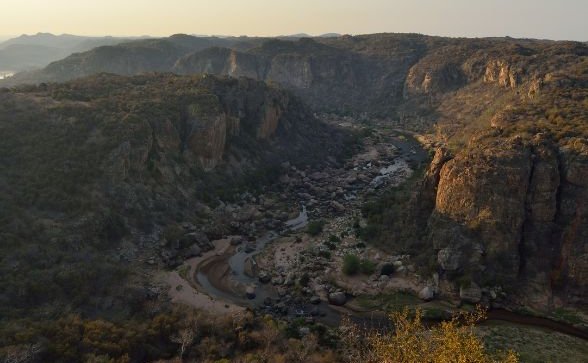
Exploring Kruger National Park is a journey through Earth's geological history, showcasing ancient rocks, life's evolution, and dramatic landscapes. The park's diverse geology, from three-billion-year-old bedrock to recent Quaternary formations, reveals the planet's dynamic past. Highlights include the Lebombo Monocline and rich fossil records. This narrative emphasizes the importance of conservation and the unique opportunity to connect with Earth's ancient past at Needles Lodge.
Embarking on an exploration through Kruger National Park is akin to traversing the annals of Earth's geological saga. "A Walk Through Time: Geological Wonders of Kruger National Park" beckons you to journey across epochs, unraveling the park's magnificent geological structures and the narratives they disclose about our planet's ancient past.
The Wilderness Foundation: A Geological Tapestry
Spanning an expanse of nearly 2 million hectares, Kruger National Park stands as a testament to the Earth's enduring dynamism, featuring geological marvels that stretch from the Archean Eon to the Quaternary Period of the Cenozoic Era.
The Archean Eon: Kruger's Primordial Bedrock
Our story commences over three billion years in the past, with the primeval granites and gneisses laying the groundwork of the park. These archaic stones are some of Earth's earliest, opening a portal to the nascent stages of our planet's crustal formation. The Barberton Greenstone Belt, skirting the park's southwestern border, presents a pristine glimpse into this ancient crust through its volcanic and sedimentary compositions, echoing the early Earth's ambiance.
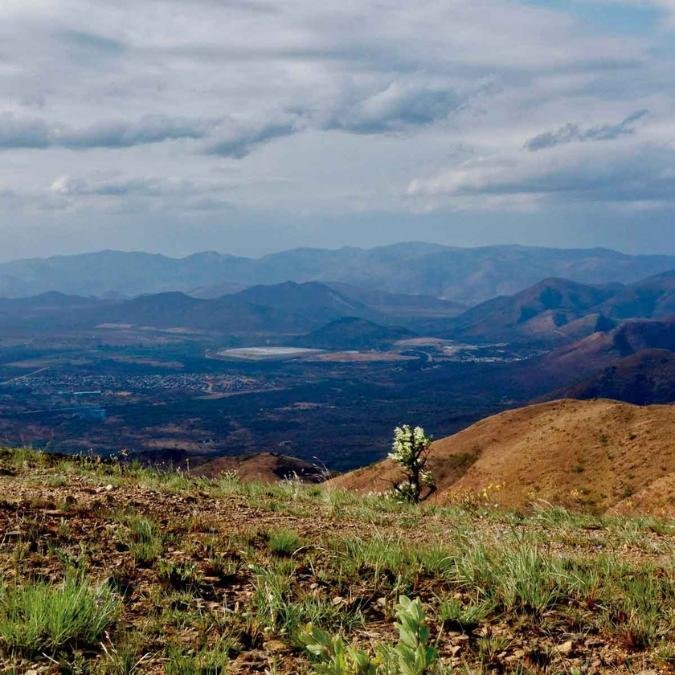
Copyright: Dosges
The Proterozoic Eon: An Era of Change
Advancing to the Proterozoic Eon, the narrative shifts as sediment deposition ushers in the sandstones and shales that now punctuate the park's landscape. The vivid hues of the Waterberg and Pretoria groups narrate stories of erstwhile shallow seas, river deltas, and a burgeoning oxygen-rich atmosphere. These layers, over two billion years old, prelude the advent of complex life.
The Phanerozoic Eon: Emergence of Familiar Life
The Phanerozoic Eon heralds the arrival of recognizable life forms, with the park's strata capturing pivotal moments from this era. The coal-rich deposits of the Karoo Supergroup recount times of dense forests, the precursors to contemporary reptiles and mammals, while the Drakensberg Group's basalt flows, remnants of Jurassic volcanic activity, sculpt the park's higher terrains.

The Quaternary Period: Crafting Today's Kruger
The Quaternary Period's narrative is one of sculpting the present-day contours of Kruger National Park. The sinuous path of the Limpopo River, the rugged Lebombo Mountains, and the intricate river systems have all played roles in shaping the park's topography, fostering a mosaic of habitats that nurture its vast biodiversity.
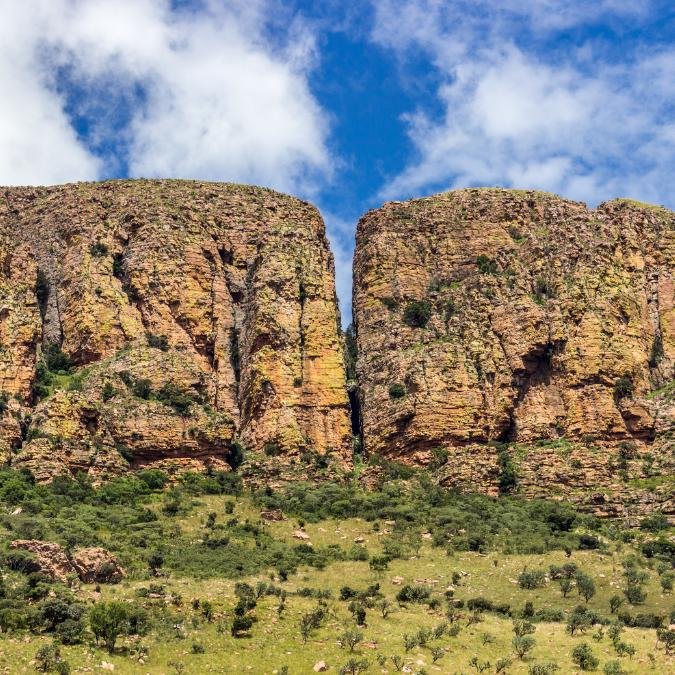
The Lebombo Monocline: A Geological Spectacle
Among the park's geological highlights is the Lebombo Monocline, a volcanic ridge that forms its eastern frontier. Dating back 180 million years, this mountain chain of rhyolites and basalts is a testament to Earth's volcanic vigor. Beyond offering a scenic vista for safari-goers, the Lebombo Mountains demarcate the park's boundary.
A Legacy in Stone: Fossils and Footprints
Beyond its rocky realms, Kruger houses a treasure trove of fossils, chronicling early mammals, reptiles, and dinosaurs, alongside ancient San rock paintings that weave the human narrative into the park's geological fabric. These relics, spanning over 250 million years, provide invaluable insights into life's evolutionary odyssey.
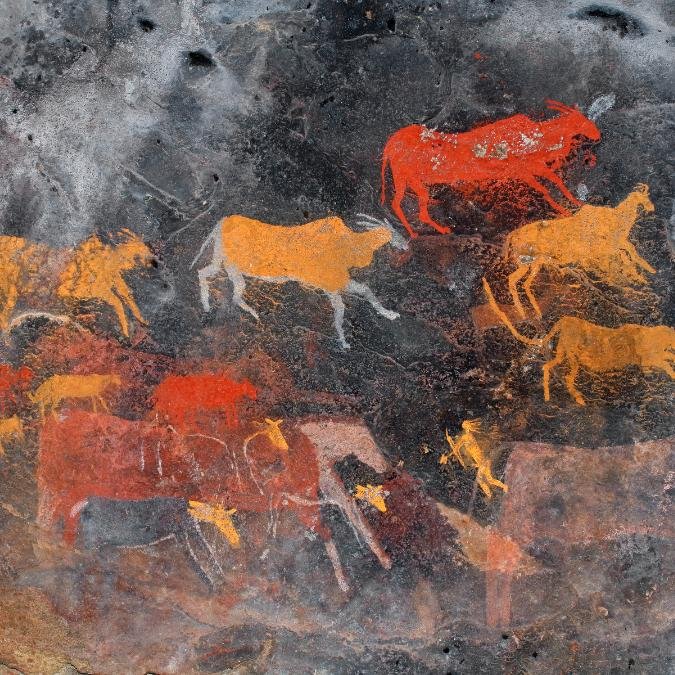
Guarding Geological Chronicles: Conservation and Enlightenment
Kruger's geological formations are not merely natural spectacles; they are chronicles of Earth's episodic history. Conservation initiatives within the park safeguard not only its biological inhabitants but also these geological landmarks for posterity. Through educational endeavors and guided excursions, visitors gain insights into the forces molding the park, nurturing a profound respect for our planet's dynamic legacy.
Kruger National Park extends an invitation to wander through time, encountering ancient bedrock, dramatic terrains, and a rich fossil heritage that narrate Earth's storied history. From the primal granites to the sculpted valleys of today, the park's geological marvels provide a distinct lens through which to view the Earth's evolution. As we traverse this landscape, we're reminded of our planet's transformative nature and the imperative to conserve its history for future generations.
Embark on a Timeless Adventure at Needles Lodge
Reserve your stay at Needles Lodge, and immerse yourself in a realm where each trail leads to discovery, and every dusk echoes tales from time's inception. Here, amidst the whispers of ancient stones and the shadows of bygone epochs, you'll find yourself on a journey not just through the wonders of nature, but into the very heart of Earth's geological past.
Further Reading
Discover the world of rhinos in Kruger National Park. Learn about their behaviour, habitat, and conservation challenges. Plan your safari at Needles Lodge today!
Discover the secretive world of the black-backed jackal in Kruger National Park. Learn about its behaviours, survival strategies, and ecological importance.

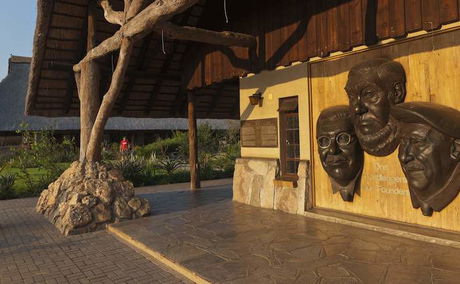
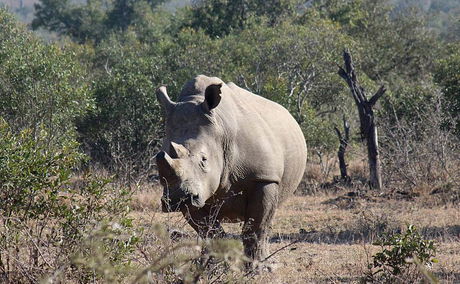
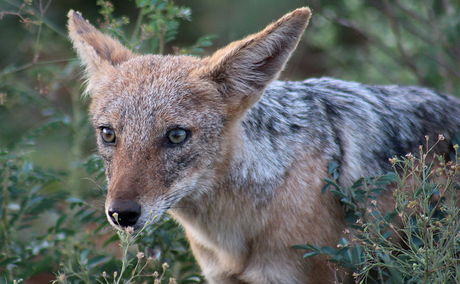
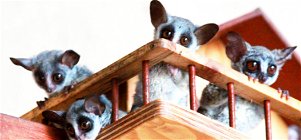

Share This Post